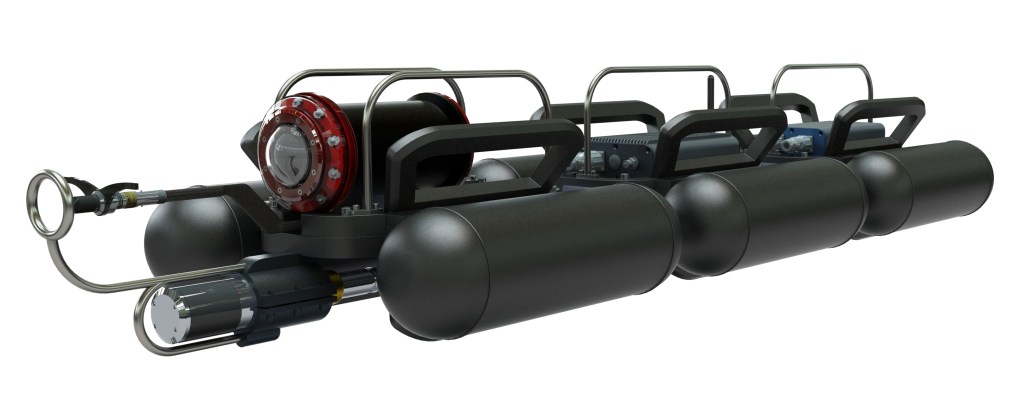
City waste water networks are often outdated, decaying, and maintained by skeleton maintenance crews. The EPA estimates that U.S. investments in wastewater will need to increase by over $150 billion over the next two decades to maintain current services. Many water companies have pipes one hundred feet underground that have never been inspected.
[aditude-amp id="flyingcarpet" targeting='{"env":"staging","page_type":"article","post_id":608117,"post_type":"story","post_chan":"none","tags":null,"ai":false,"category":"none","all_categories":"business,mobile,","session":"A"}']Redzone’s first sewer robot, Responder, was built to inspect the largest pipes in the toughest conditions. Navigation in pipes is relatively easy, but they may be littered with debris and have various levels of sewage flow, making locomotion difficult.”It was a quest to send a robot where no robot had gone before,” says Redzone’s CEO Mike Lach. “Waste water is a perfect application for robotics: dirty, dull, and dangerous.”
Smaller pipes can be inspected manually using a remote control vehicle with a camera attached, but this is inefficient, time-consuming, and impossible for many pipes. Redzone’s robots can be dropped into one manhole and find their way to the next one for collection. They carry cameras, laser, lidar (light detection and ranging), sonar (for detection below the flow line), and hydrogen sulfide gas sensors. Hydrogen sulfide can corrode pipes. A combination of data from all of the sensors is used to build a model of the pipe’s interior and identify, for example, which pipes have the most corrosion.
AI Weekly
The must-read newsletter for AI and Big Data industry written by Khari Johnson, Kyle Wiggers, and Seth Colaner.
Included with VentureBeat Insider and VentureBeat VIP memberships.
“Money is tight. You are dealing with public funds,” Lach explains. “How do you get the data you need to make decisions? And even if you can get that data, is it good enough? Do you replace pipes? Refurbish them?” These are the kinds of questions Redzone’s analytics platform can answer.
In many cities, the first task is simply to map the wastewater system and its state of repair using the robot inspectors. For larger pipes, the cost of inspection is similar to existing methods, but the data acquired is much more rich. Inspection of smaller pipes is cheaper and quicker than the alternatives. An assessment that might otherwise take 15 years can be completed in one.
Fast, fearless, and happy to do the dirty work. What more could you want from a robot?
VentureBeat's mission is to be a digital town square for technical decision-makers to gain knowledge about transformative enterprise technology and transact. Learn More
